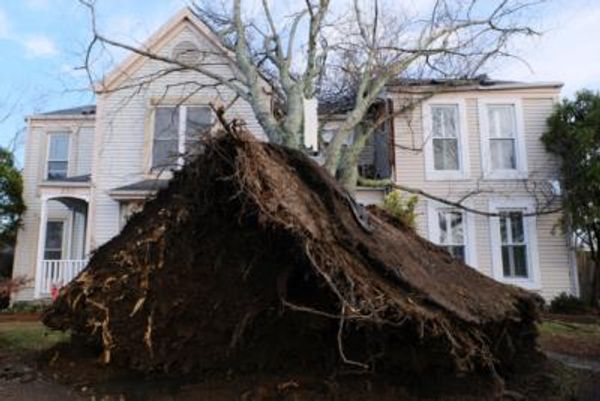
Exceptionally hot and dry conditions have continued to plague parts of western Europe, including the UK. Although not as intense as the heatwave in July, temperatures above 30C were reached widely across England and Wales for several days. A provisional high of 34.9C was recorded in Charlwood, Surrey, on Saturday.
The high temperatures follow the driest July in England since 1935, with parts of central southern England and the south-east experiencing the driest July since records began. February is the only month this year in England when there has been above average rainfall.
The Environment Agency has declared drought conditions in eight regions across the south and east, with the West Midlands and Yorkshire expected to be included in the coming weeks. In central, southern and eastern England, river flows are forecast to remain exceptionally low until at least October, with a number of long-range seasonal weather models indicating drier than normal conditions prevailing across much of the south and east through the autumn.
Conditions in other parts of Europe have become even more serious. According to the European Drought Observatory, 47% of the EU is under drought warning conditions, based on data from the end of July, with 15% in severe water deficiency. In France, many towns are short of drinking water, and water levels on the Rhine in Germany are so low that essential shipping has been severely disrupted. Water levels are also exceptionally low across large parts of the Po River in Italy.
Temperatures in France and Spain soared last week. On Thursday 11 August, 41.5C was recorded in Navarrenx, France, with a high of 41.8C in Durban-Corbières the following day. On Saturday, 44.5C was recorded in Formentera, setting an all-time temperature record for the Balearic Islands. Alicante also hit 42C. The extreme temperatures follow the hottest July ever recorded in Spain, with an average temperature of 25.6C. Temperatures over the coming week will moderate with some showers, but there are signs of another buildup of heat across Europe during the final week of August.
Meanwhile, Antarctic sea ice in July was the lowest on record since satellite monitoring began 44 years ago, according to the Copernicus Climate Change Service. The ice extent reached 15.3m sq km, 7% below the 1991 to 2020 average and follows a record low extent in June. Temperatures across much of the continent between May and July were higher than normal, with the Weddell Sea 3C to 7C above average.







